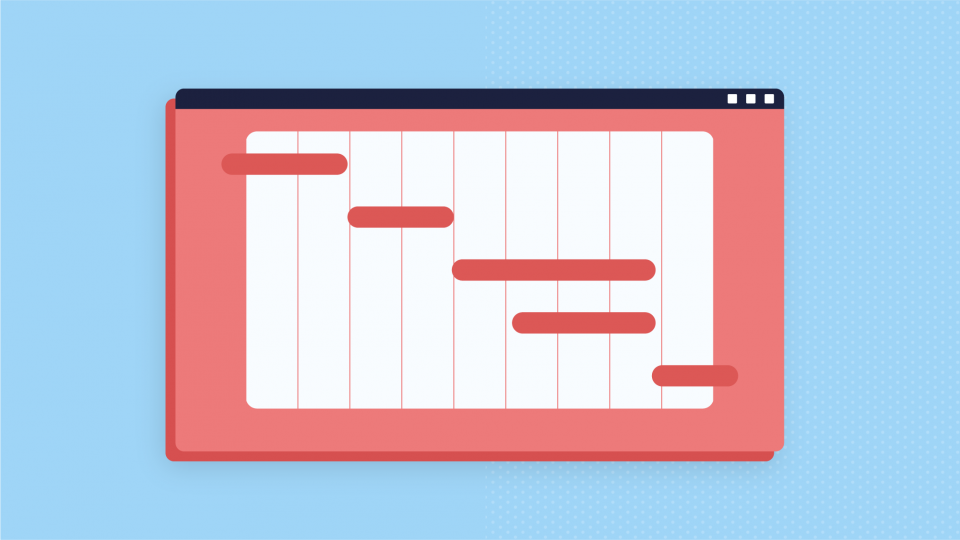A Gantt chart, for those who are unfamiliar with the term, is a type of bar graph that has been designed specifically to visualize project schedules. Its primary purpose is to present a clear time-line overview of an complete project, which includes its constituent elements: tasks, milestones, sub-tasks, and objectives. This is essential to ensuring project success.

Gantt charts are a fantastic tool to manage projects since they are so easy to understand. Thanks to its ability to identify dependencies and timelines project managers are able to easily determine crucial paths to completing. Knowing what tasks are essential for completion, what could be completed concurrently and the locations how bottlenecks can occur is vital.
The critical pathway is a sequence of activities that, if not completed by the deadline could extend the timeline of the project. It is important to find and manage the critical path in order to ensure projects stay on course. Gantt charts simplify and clarify this process. By analyzing the chart project managers can identify the critical jobs and allocate resources accordingly.
A Gantt chart typically consists of a horizontal line, depicting the duration of the project and a series of vertical bars or lines which indicate the individual tasks as well as the dates they start and end. Each task is illustrated as a bar and the interdependencies between tasks are highlighted by the location of the bars. Milestones that mark major projects’ accomplishments are often marked with specific symbols or colors.
Beyond their use for project managers, Gantt charts also facilitate efficient collaboration among teams. Everyone on the team has access an extensive view of the project’s timeline and their individual responsibilities. This shared knowledge of the project’s objectives and progress helps create a cooperative setting where everybody is on the same level.
Gantt charts are also useful for monitoring project progress. The chart enables team members and the stakeholders to quickly evaluate the status of the project as well as each task with just a glance. This transparency is real-time and allows for rapid identification of any issues or delays and also allows to mitigate any potential issues.
The versatility of gantt chart extends to various project types and industries. Gantt charts are adaptable and can be tailored to your specific needs, whether you’re managing software development projects with multiple coding tasks and construction projects with a lot of dependencies, or marketing initiatives with numerous deliverables.
A glimpse into Project Success: The Magic of Gantt Charts
Imagine that an executive of a construction firm embarks on the construction of an office. The task is complex starting from site preparation and foundations to landscaping and interior design. In the event of delays, it could affect the project’s deadline at any point.
A Gantt chart lets the project manager plan and track every phase. The dependencies are now evident. The interior design should be completed before foundation work, and landscaping can start while other work is being completed. The most critical path is identified and resources will be allocated appropriately.
Gantt Charts are the tool for managing projects of the Pros.
Proficient project managers understand the importance of Gantt charts to ensure successful projects. These visual aids make it easier to manage project planning, execution, and monitoring. They let teams work in tandem, to align with the project’s goals, and react to any deviations from the plan.
Gantt Charts: Keep your projects on time
What is what sets Gantt charts apart is their capacity to ensure that projects are on track and guarantee on-time delivery. With a clear and extensive view of the timelines of projects along with dependencies and key pathways, Gantt charts empower project team members and managers to make informed choices and make changes as required.
In the world of project management where unexpected problems and changing priorities are commonplace however, the Gantt chart remains a steadfast all-weather partner. Its simplicity, flexibility, and power to visualize accomplishment make it an indispensable tool in the arsenal of any project manager striving for excellence. Consider making use of Gantt charts as a way to boost the effectiveness of your project and ensure it is completed on time.
